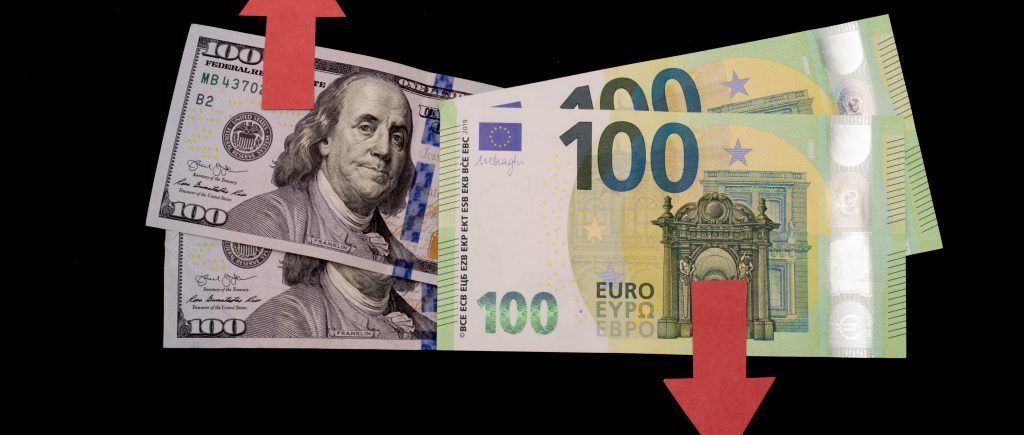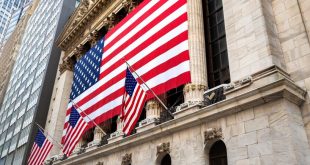The EUR/USD pair has flattened again as the US session heads into the late afternoon. The pair fell from the 1.0394 high to the 1.0325 low on the day so far and steadies near 1.0340 at the time of writing.
Growth stocks on Wall Street experience extended declines, overshadowing a rise in energy shares after oil prices pared back gains on OPEC+ output concerns, so, the market conditions weigh on riskier assets while the US Dollar rebounds.
The euro was initially buoyed earlier on Tuesday due to the hopes concerning easing in China’s strict coronavirus restrictions after unprecedented protests. As a result, the Dollar Index fell 0.4% to 106.19.
A couple of economic indicators were revealed on Tuesday, missing expectations, and potentially weighing on risk sentiment; namely the Conference Board’s index sliding 2 points to come in at 100.2 and the S&P DJI Case-Shiller home price data showing monthly declines across the board in its 20-city composite. Year-over-year, the composite added 10.4%, versus August’s 13.1% reading.
Eyes will now be on the November employment report in Nonfarm Payrolls which is expected on Friday. In addition, Jerome Powell’s speech at the Brookings Institution on Wednesday is in the centre of attention. The subject of the speech will focus on “The Economic Outlook and the Labour Market. The speech is awaited for new signals on further tightening. The Fed is expected to hike rates by an additional 50 basis points when it meets on December 13-14; with around 15% odds of a larger 75 bp move. The swaps market is still pricing in a peak policy rate of 5.0%, with small odds of a 5.25% peak.
Flash Eurozone inflation figures for November will be released on Wednesday, with expectations for inflation to come in at 10.4% year-on-year. The key event, however, for Wednesday will be in the comments by Fed Chair Jerome Powell.
St. Louis Fed CEO James Bullard said the Fed has “a ways to go to get to” restrictive policy, adding that the first 250 bp of tightening was just enough to get to neutral. He added that the Fed needs to move further into a restrictive territory and may need to keep rates higher through 2023 and 2024. Additionally, Bullard stressed that markets are underpricing the risks that the Fed may be more aggressive.

 Noor Trends News, Technical Analysis, Educational Tools and Recommendations
Noor Trends News, Technical Analysis, Educational Tools and Recommendations




